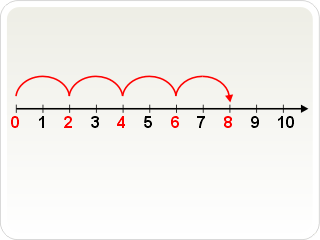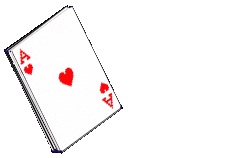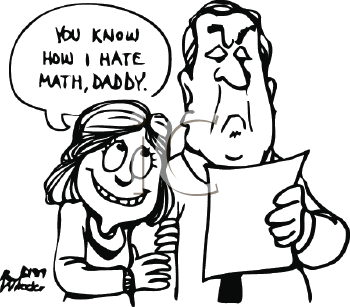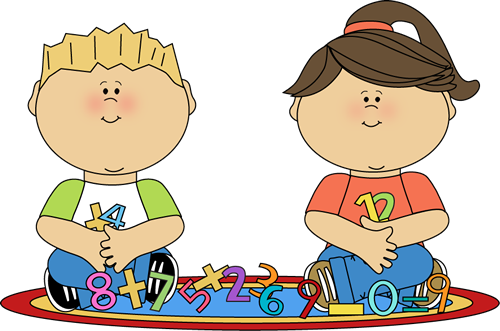"Mathematics can indeed be defined as the general science of pattern and structure. Because art also involves patterns and structures, art and math
relate to each other in many natural ways, which is the basis for this exploration". (Carla Farsi and Doug Craft, University of Colorado, Boulder and Lakewood, CO)
Do you know that Art pieces can be used to create Math activities?.... I wonder what kind of activities I can possibly create....
There are several possibilities I can do, such as :
- sorting
- addition
- subtraction
- multiplication
- division
- patterning
Following are simple example that children can try to solve using art piece 1 and art piece 2.
Sorting - by colours and attributes
 |
| Art piece 2 |
Tasks/Problems :
- Sort the objects (crayon/flowers) by colour
- Sort the flowers by sizes
Addition/Subtraction
Tasks/Problems:
- After sorting into different colours, add up the crayon/flowers. Find the total number of the object.
- Which objects has more than or less than
Multiplication
Tasks/Problems:
- If 1 green branch has 4 flowers, how many flowers are there in 3 branches.
- If each purple branch has 5 blue flowers, how many blue flowers are there in 2 purple branches.
Division
Tasks/Problems:
- Ai Li has 8 blue crayon. She has to distribute to 4 girls in her class. How many blue crayon will each get?
- There are 10 red flowers in the basket. Each child need to use 2 flowers for their craft. How many children can have the flowers?
Patterning
Children can create craft using the flowers and branches to create AB, AAB, AABB etc patterning. They can also use colours to create the patterning too.
Beside the above examples, many more activities can be derives from any other art pieces, photos or picture. You may want to try with your children?












